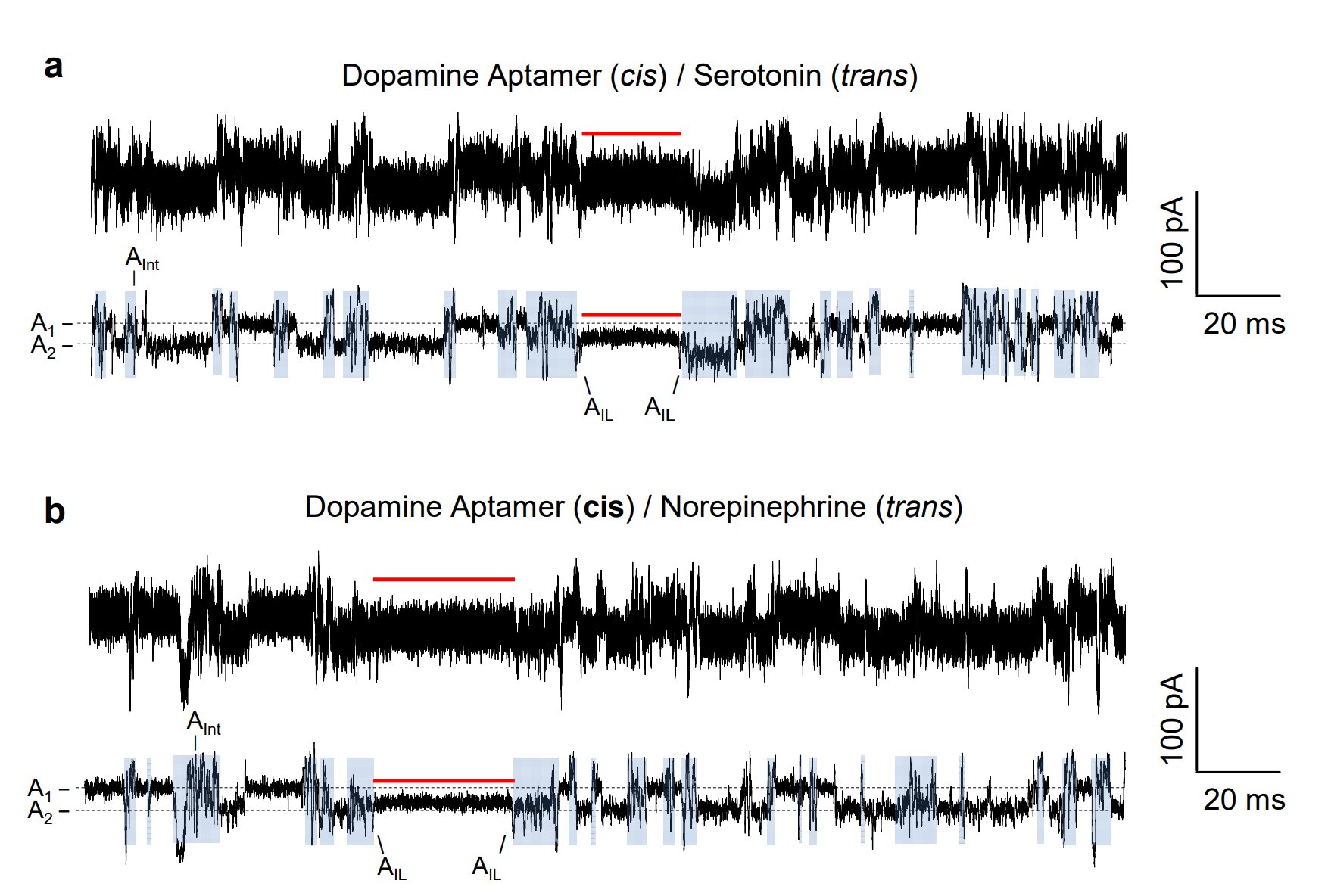For more than 20 years, Li-Qun ”Andrew” Gu at the University of Missouri has developed a passion for solving life science problems by creating sophisticated diagnostic tools—in nanoscale.
Recently, Gu, a professor in the Chemical and Biomedical Engineering Department and investigator in the Dalton Cardiovascular Research Center, and a team of researchers developed a new method using nanopores—a nanometer-sized hole—to help scientists advance their discoveries in neuroscience and other medical applications. In context, the thickness of a single sheet of paper is about 100,000 nanometers.
“Potential applications include studying the structures of DNA- and RNA-based diseases and disorders, such as COVID-19, HIV and certain types of cancers, to see how drug therapies work. Or we could potentially discover new small-molecule drug compounds that can be used in future drug discoveries,” Gu said. “Also, the tool could help in the development of sensors for neurotransmitters for studies in neurochemistry and neurodegenerative disease diagnostics.”
The technique involves aptamers, or single strands of DNA or RNA molecules that selectively bind to a specific target. This allows researchers to know exactly what they are detecting with the nanopores and study how individual molecules are interacting with each other, said Kevin Gillis, a co-corresponding author on the study.
Gillis, who is a professor and chair of the Chemical and Biomedical Engineering Department and investigator in the Dalton Cardiovascular Research Center, said the interaction between single molecules is detected through tiny ion currents through a nanopore.
2023-08-08 19:00:04
Source from phys.org



















